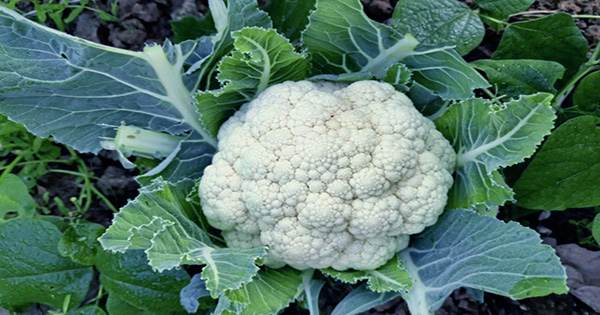If someone asks you a real-world example of mathematical beauty, you are less likely to reach the vegetable drawer. However, if you ever find yourself swaying in a cauliflower head in a moment of domestic self-reflection, you may be surprised at what you find. All make hundreds of spiral vegetable flowers of different sizes, they replicate each other. The closer you get the more perfect the pattern becomes.
These types of patterns are called fractals and are found almost everywhere: from literally underlying to literal mindbanding. As we have already seen, they can even turn into production isles. But there is something special about cauliflower – and an explanation for a new study published today in science. If you’ve ever looked at a sunflower, or a pincushion, or a cactus, or really any plant, you’ve noticed that the petals come out in a particularly satisfying way. Scientists have wondered why this has been happening for more than two millennia, and they have come up with some surprising explanations for the phenomenon over the years.
But cauliflower, with nested spirals surrounded by many scales, remains elusive – so elusive, in fact, today’s study grew twelve years ago. That’s right: the vegetable you thought took just a decade to decode the paler cousin of broccoli. Cluti arbidopsis came from a plant called thaliana. It’s just a weed – it can also be in your own backyard – but it’s important for two reasons. First, it’s been extensively studied, so there’s a lot of information about its Second, it’s a brassica – just like cauliflower. This means that by comparing a cauliflower computer-generated model with the genetic makeup of Arbidopsis, the team can determine what is happening.
Now, when fractals in mathematics repeat themselves forever, there is a limit to how small things can get in the real world. When you look at a cauliflower, you see the spirals getting smaller, but how far down is this self-match? You may be surprised to learn that the first spiral of each plant is actually microscopically tiny, and it manages how the rest of the plant can grow through the expression of specific genes.
















